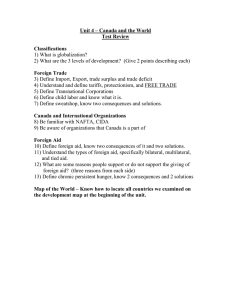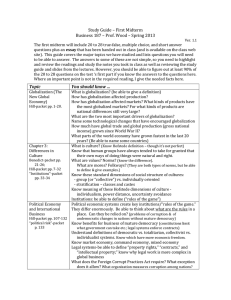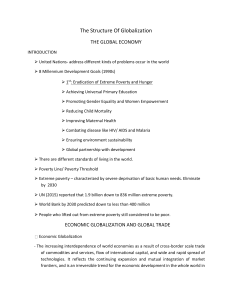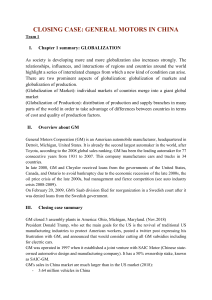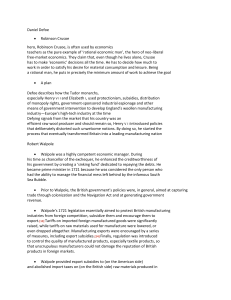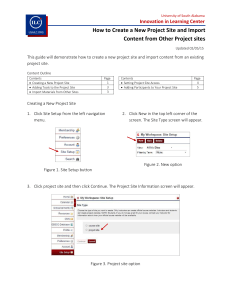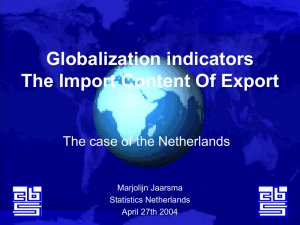WELCOME to FLC 301/SOC 393-F November 18, 2003
advertisement
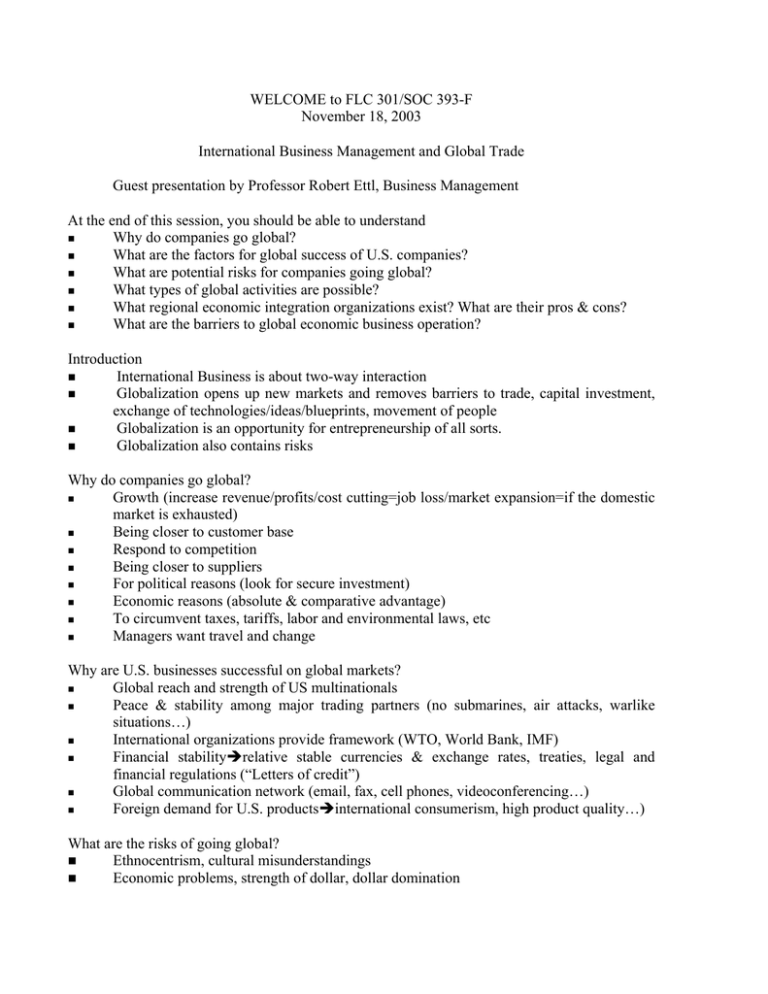
WELCOME to FLC 301/SOC 393-F November 18, 2003 International Business Management and Global Trade Guest presentation by Professor Robert Ettl, Business Management At the end of this session, you should be able to understand Why do companies go global? What are the factors for global success of U.S. companies? What are potential risks for companies going global? What types of global activities are possible? What regional economic integration organizations exist? What are their pros & cons? What are the barriers to global economic business operation? Introduction International Business is about two-way interaction Globalization opens up new markets and removes barriers to trade, capital investment, exchange of technologies/ideas/blueprints, movement of people Globalization is an opportunity for entrepreneurship of all sorts. Globalization also contains risks Why do companies go global? Growth (increase revenue/profits/cost cutting=job loss/market expansion=if the domestic market is exhausted) Being closer to customer base Respond to competition Being closer to suppliers For political reasons (look for secure investment) Economic reasons (absolute & comparative advantage) To circumvent taxes, tariffs, labor and environmental laws, etc Managers want travel and change Why are U.S. businesses successful on global markets? Global reach and strength of US multinationals Peace & stability among major trading partners (no submarines, air attacks, warlike situations…) International organizations provide framework (WTO, World Bank, IMF) Financial stabilityÎrelative stable currencies & exchange rates, treaties, legal and financial regulations (“Letters of credit”) Global communication network (email, fax, cell phones, videoconferencing…) Foreign demand for U.S. productsÎinternational consumerism, high product quality…) What are the risks of going global? Ethnocentrism, cultural misunderstandings Economic problems, strength of dollar, dollar domination Political and legal issues Types of global activity Global sourcing (import parts from overseas, e.g. 80% of Chrysler parts are from nonU.S. source Export/Import Licensing Franchising (McDonald) Contract Manufacturing (sweatshop problemÎGap vs. Levy Strauss) Joint Ventures Direct Foreign Investment Regional economic integration Regional economic integration processes can have both a positive and negative effect for business Examples discussed: NAFTA/FTAA European Union APEC Problems: Competition-closure of markets Benefits: Sharing of resources Barriers to Global Operations Natural barriers (oceans, mountains, distances…) Trade barriers (tariffs, quotas) Political barriers (embargos, import/export restrictions on technologies, etc) “Buy national” regulations (government bidding in defense technologies etc)
